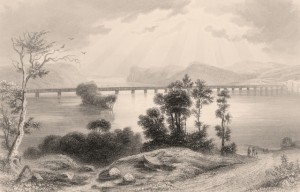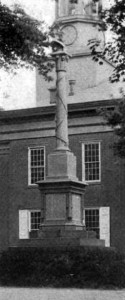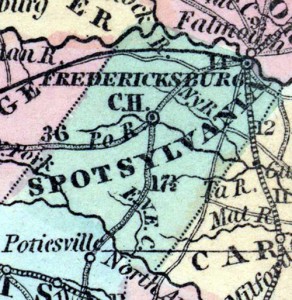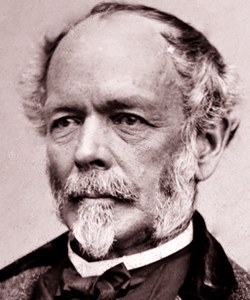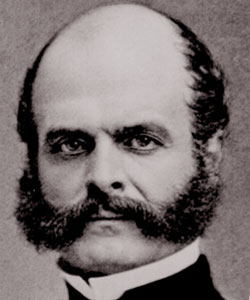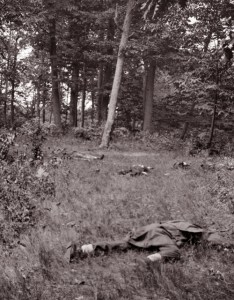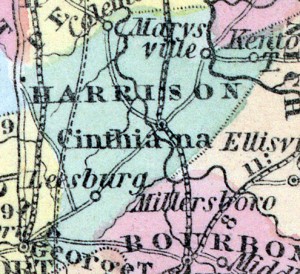 Thaddeus Stevens, one of the most powerful and controversial congressmen of the nineteenth century is the central figure of a large restoration project conducted by the Historic Preservation Trust of Lancaster County, Pennsylvania. Stevens was an adamant opponent of slavery and helped runaway slaves escape, even going so far as to employ spies to watch for slave-catchers. He was also a leading attorney in several fugitive slave cases, most notably the Christiana Treason Trial (1851). Stevens also shared his home with Lydia Hamilton Smith, a mixed race woman who managed his household affairs and also proved to be an enormously successful businesswoman herself.
Thaddeus Stevens, one of the most powerful and controversial congressmen of the nineteenth century is the central figure of a large restoration project conducted by the Historic Preservation Trust of Lancaster County, Pennsylvania. Stevens was an adamant opponent of slavery and helped runaway slaves escape, even going so far as to employ spies to watch for slave-catchers. He was also a leading attorney in several fugitive slave cases, most notably the Christiana Treason Trial (1851). Stevens also shared his home with Lydia Hamilton Smith, a mixed race woman who managed his household affairs and also proved to be an enormously successful businesswoman herself.
The Stevens & Smith Historic site is a $20 million educational and interpretive complex, integrating the restored 19th century properties of Stevens and Smith located in historic downtown Lancaster, Pennsylvania featuring an original cistern discovered in 2003 believed by historians and archeologists to have been used by Stevens and Smith as a hiding place for escaping slaves along the Underground Railroad. A cistern is an underground storage tank used for holding water.
The planning for the Stevens & Smith Historic site overcame several obstacles before its approval, specifically the original plans for a new downtown convention center in Lancaster, Pennsylvania calling for the demolition of the historic sites previously owned and managed by Stevens and Smith. The Historic Preservation Trust of Lancaster County possessed protective easements on the properties and were successful in developing a strategy for the preservation of Stevens’ Lancaster city law office and residence from the antebellum period within the new Lancaster County Convention Center.
For more information check out the Stevens & Smith Historic Site online for a full overview and updates on the project. The site also features a video on the story of Stevens & Smith and images of the proposed historical site. Fergus Bordewich’s article, “Thaddeus Stevens and James Buchanan – How Their Historic Rivalry Shaped America” is a great source for historical background on Stevens’ and Smith’s contributions and connections to the abolitionist movement in Lancaster. Further information can be found on the Thaddeus Stevens Society website including an overview of the archeological dig of the cistern conducted outside Stevens’ residence and law office. The address for the site is located at 45-47 South Queen Street Lancaster, Pennsylvania.
